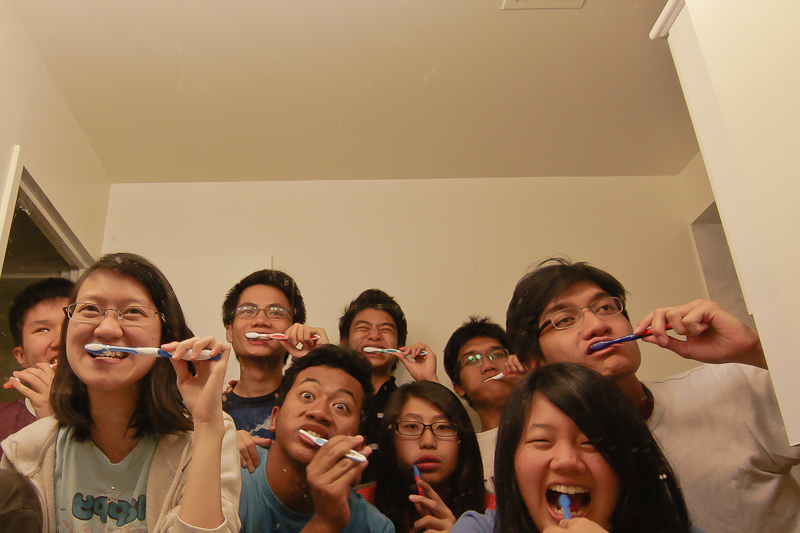
Nearly five months into a temporary freeze placed on new residential conversions in Sandy Hill and Old Ottawa South, the neighbourhood directly east of Carleton, the City of Ottawa is now turning to public consultation to amend its zoning bylaws.
“One single family home could literally balloon out the back, go as high as possible, go as deep as possible, and practically fill every square inch of the yard, into what becomes a long rectangular box,” Capital Ward city councillor David Chernushenko said.
The homes in his Ottawa South ward and the Sandy Hill ward near the University of Ottawa were not being converted exlusively for students, he said.
“It’s not that this was built specifically for students only, but obviously, in their locations, Sandy Hill and Old Ottawa South, knowing what demand is in those areas, they were certainly designed to be attractive to students,” he said.
The City of Ottawa passed a temporary bylaw April 24, 2013 in those areas, banning new residential conversions following outcries from neighbours of newly converted buildings.
One house, a short distance from Carleton on Aylmer Avenue., went from reportedly housing five or six tenants to being capable of 16.
The bylaw banning conversions ends April 2014. Chernushenko said the city hopes to have an amendment to the zoning bylaw passed before the ban is lifted.
The city has scheduled a public meeting for Sept. 16 to discuss residential conversions in Ottawa and receive feedback on the potential amendment to the zoning bylaw.
The public’s input will be an essential part of the planning process, city planner Tim Moerman said.
He said planning staff will bring a report and, if appropriate, a proposed amendment on the zoning bylaw to the planning committee and then to council in the early months of 2014.
Chernushenko said beyond ensuring buildings are safe, most zoning bylaws are based on what residents consider appealing.
He said neighbours and city councillors were surprised residential buildings of such a scale were permitted by Ottawa’s zoning bylaws.
He said upon closer examination of the bylaws council deduced that the converted buildings were perfectly legal, and could be approved by the city with a basic building permit.
Chernushenko said he is not totally opposed to the idea of creating apartments such as these in his neighbourhood, but that the scale of the ones that were being proposed would change the look of the street, especially when placed in the middle of a block.
Moderately-sized apartments on the ends and corners of streets with green space left intact would fit better, he said.
“We don’t want to stop conversion, but we do want to maintain the character of the neighbourhood,” he said.
Chernushenko said he hopes high-density housing could help with housing problems for many different types of people, including students.
“Our neighborhoods, they have become very expensive to live in, and there are a lot of people who’d like to live in the neighborhood,” he said.





